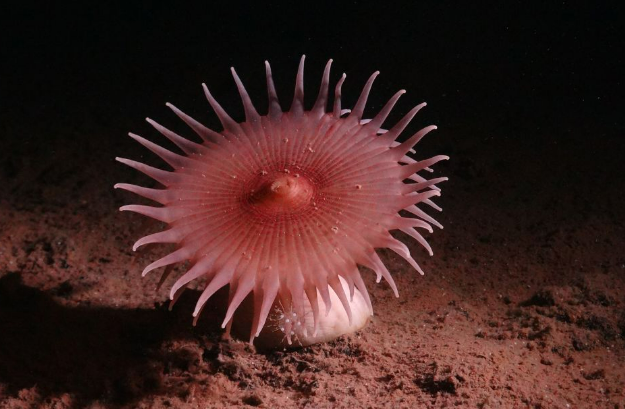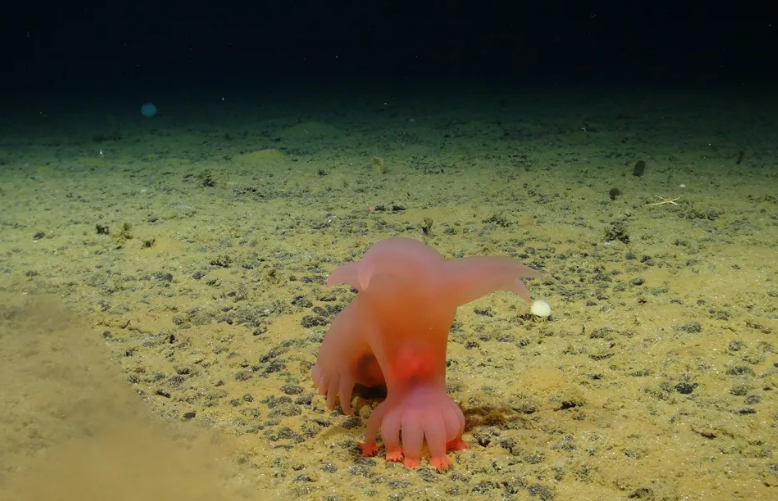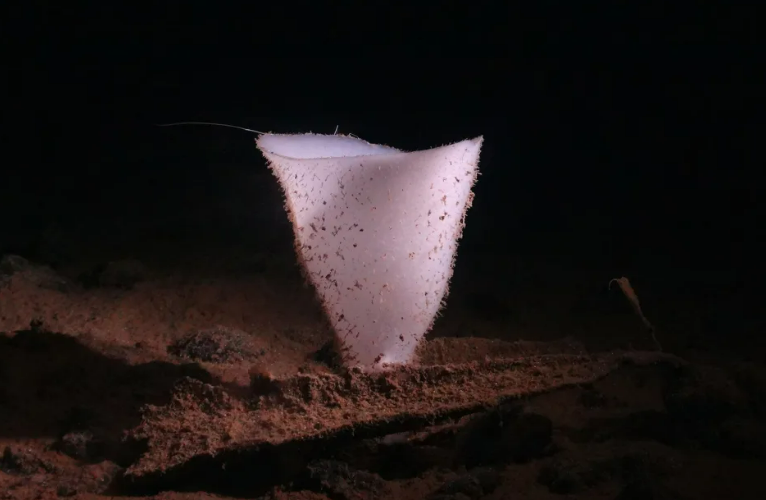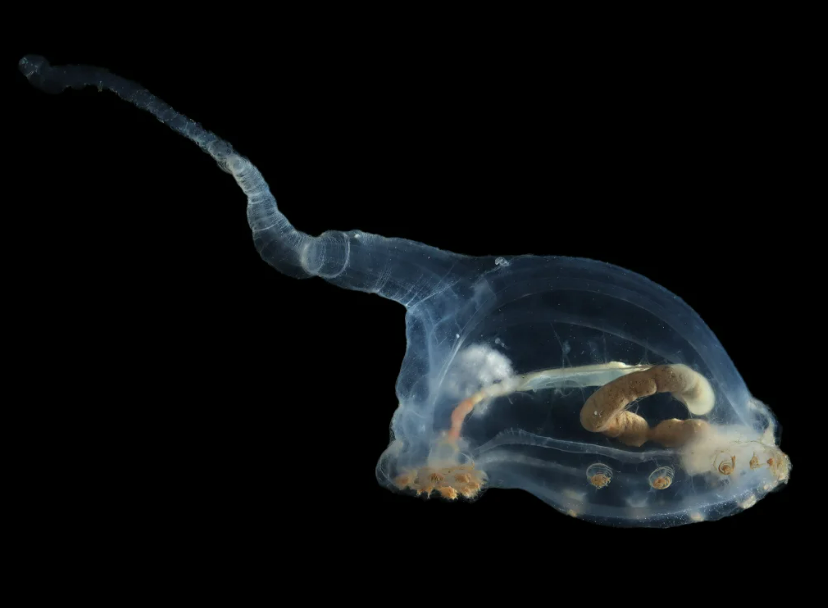
Deep-sea expedition unveils stunning creatures in Pacific mining zone
In a mesmerizing revelation of the deep, an expedition into the Pacific Ocean’s abyssal depths captured captivating images of extraordinary marine life flourishing amidst an area designated for potential deep-sea mining.
Dubbed the Clarion-Clipperton Zone, this remote region lies approximately 1,640 miles (5,000 meters) below the ocean’s surface. Despite its extreme depth, the area teems with an array of fascinating creatures, from ancient glass sponges to the peculiar Barbie-pink sea pig and the ethereal transparent unicumber.

The expedition, spanning 45 days and concluding on March 20, was conducted by the UK research vessel James Cook. Using cutting-edge technology, including remotely operated vehicles, the team meticulously documented the biodiversity thriving in this pristine but threatened environment.
Regen Drennan, a postdoctoral marine biologist at London’s Natural History Museum, anticipates that many of the species encountered during the expedition are likely new to science. Specimens collected will undergo rigorous study and analysis at the museum, contributing invaluable insights into the deep-sea ecosystem.
This voyage marks the second expedition spearheaded by the Seabed Mining and Resilience to Experimental Impact (SMARTEX) project, a collaborative effort involving the Natural History Museum, National Oceanography Centre, British Geological Survey, and other esteemed institutions.
Balancing biodiversity with industry in the deep sea
The Clarion-Clipperton Zone holds immense mineral wealth, with an estimated 21.1 billion dry tons of polymetallic nodules containing critical metals crucial for modern technologies. However, the potential for deep-sea mining poses a grave threat to the fragile ecosystems inhabiting this remote expanse.

Unlike terrestrial environments, the international waters of the Clarion-Clipperton Zone fall beyond the jurisdiction of any single nation. The International Seabed Authority oversees exploration contracts in this region, yet concerns over the environmental impact of mining activities persist.

While some nations advocate for a moratorium or ban on deep-sea mining to safeguard marine biodiversity, others emphasize the economic imperative of accessing these mineral resources.
Critically, the delicate balance between preserving biodiversity and pursuing industrial development in the deep sea remains a pressing global challenge. As scientists continue to uncover the secrets of these enigmatic ecosystems, the imperative to protect them for future generations becomes ever more urgent.
